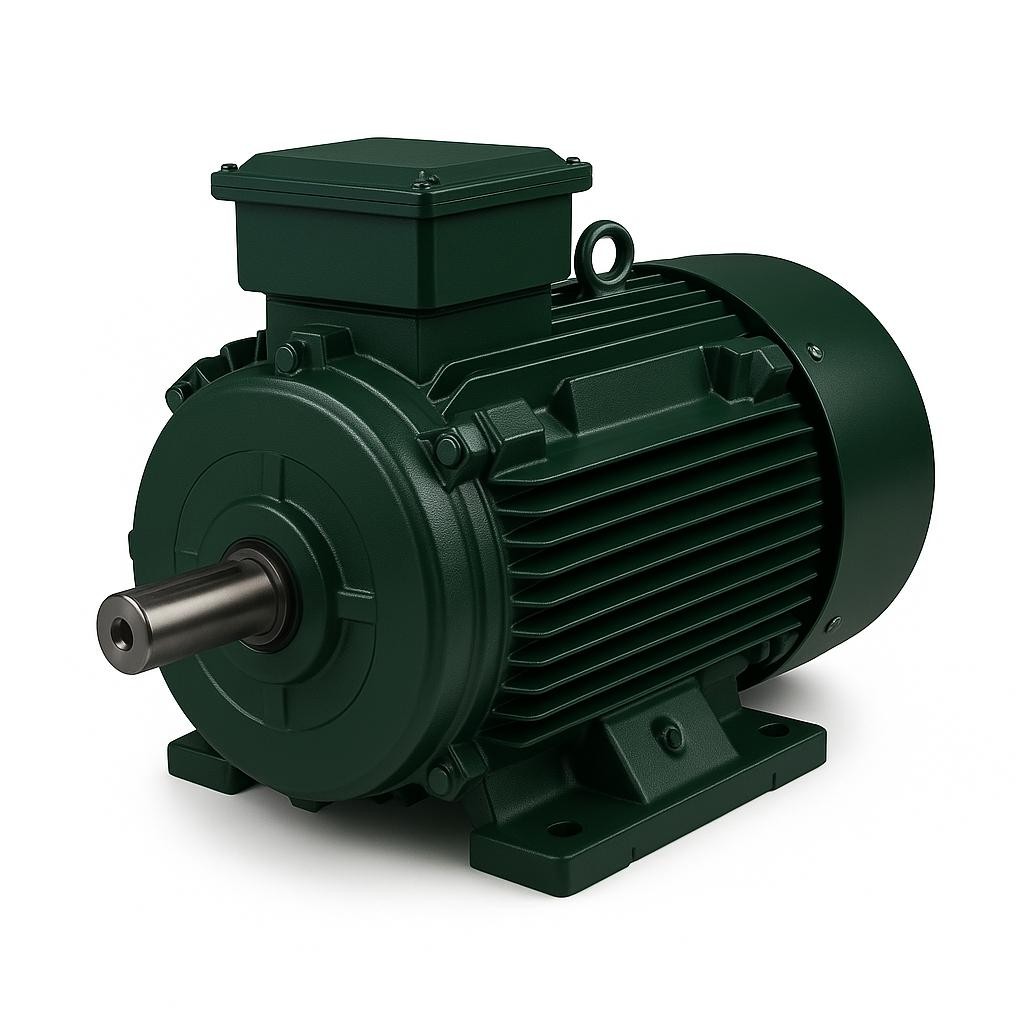High Performance Guarantee in Construction Machinery – DRG Motor
Contact: +90 (542) 666 11 11
Electric motors are devices that convert electrical energy into mechanical energy. This mechanical energy powers machines, vehicles, and industrial systems. In modern industry, electric motors play a critical role in production, automation, and transportation.
What is an Electric Motor?
An electric motor is an electromechanical device that converts electrical energy into rotational motion. Its primary purpose is to generate mechanical motion using electric current. Electric motors are designed in different types according to power requirements, application, and energy source:
AC (Alternating Current) Motors: Operate on grid electricity, offering long life and high energy efficiency.
DC (Direct Current) Motors: Operate on direct current and provide advantages in speed control.
Basic Structure of an Electric Motor
An electric motor generally consists of three main parts:
Stator (Stationary Part): The outer part of the motor containing coils and magnets. The stator generates a magnetic field when powered by electricity.
Rotor (Rotating Part): Rotates under the influence of the magnetic field generated by the stator, producing mechanical energy.
Housing and Frame: Protects the internal components and increases durability. Cast iron body motors provide exceptional strength in heavy-duty conditions.
Working Principle of Electric Motors
Electric motors operate on the principle of electromagnetic induction:
When electricity flows through the stator, a magnetic field is created.
The rotor begins to rotate under the influence of this magnetic field.
The rotation of the rotor produces mechanical energy that drives connected devices.
The exact process may vary depending on the motor type. For example, in AC motors, the magnetic field continuously changes, while in DC motors, the field is constant and speed control is easier.
Advantages of Electric Motors
High Efficiency: Converts electrical energy into mechanical energy effectively.
Long Lifespan: Robust housing and high-quality materials ensure long-lasting performance.
Low Maintenance: Especially AC motors require minimal maintenance.
Quiet and Low Vibration Operation: Improves operator comfort and prolongs equipment life.
Energy Saving: Modern motors provide high performance with low energy consumption.
Superior Performance with DRG Motors
DRG Motors maximize the advantages of electric motors. Key features of DRG Motors include:
High Torque and Power: Reliable performance under demanding conditions.
Low Energy Consumption: Improves energy efficiency and reduces operating costs.
Durable Design: Maintains durability even under intensive, continuous use.
Quiet and Stable Operation: Minimizes vibration and noise.
Conclusion
Electric motors are fundamental tools for energy conversion in modern industry. While AC and DC options address different needs, high-quality motors like DRG Motors combine durability, energy efficiency, and long life. This ensures reliable and effective performance in industrial systems.
 English
English
 Türkçe
Türkçe

